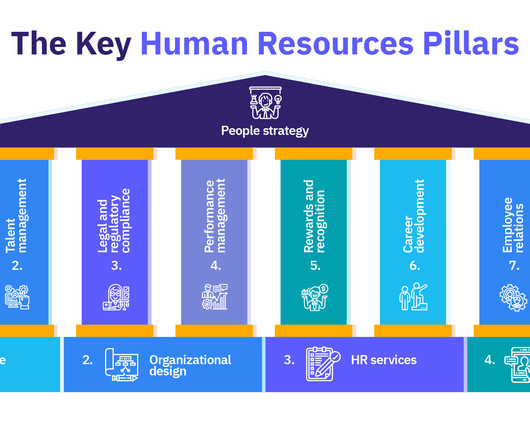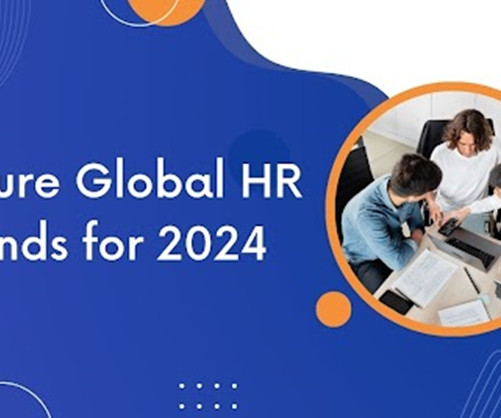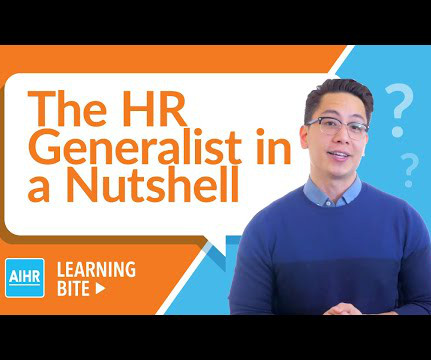9 Challenges of AI in HR & How To Address Them
AIHR
JULY 23, 2025
And these aren’t just claims – they’re backed by research, as evidenced by this survey in which 65% of HR professionals reported that AI has positively impacted the productivity and efficiency of their departments. A human approach is indispensable in sensitive areas such as conflict resolution, career development, or employee wellbeing.





















Let's personalize your content